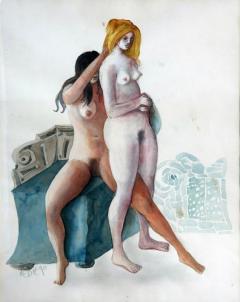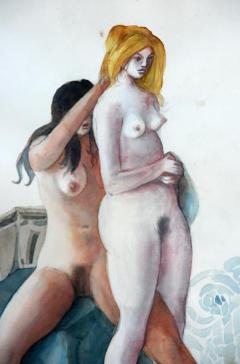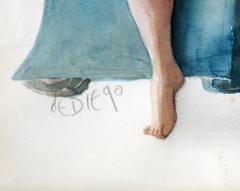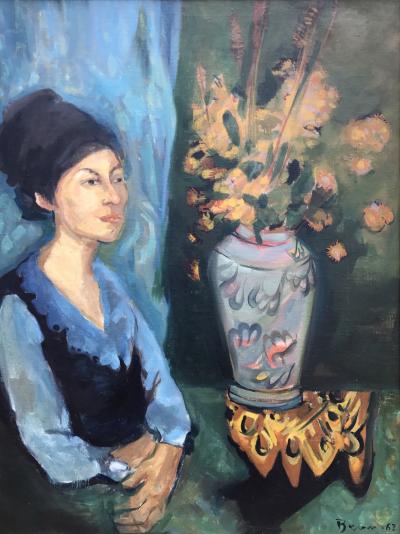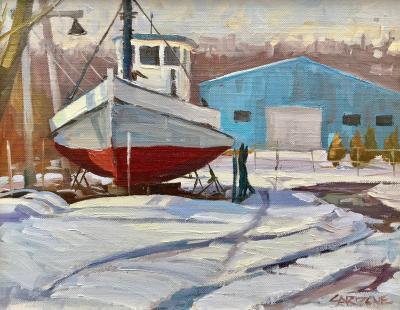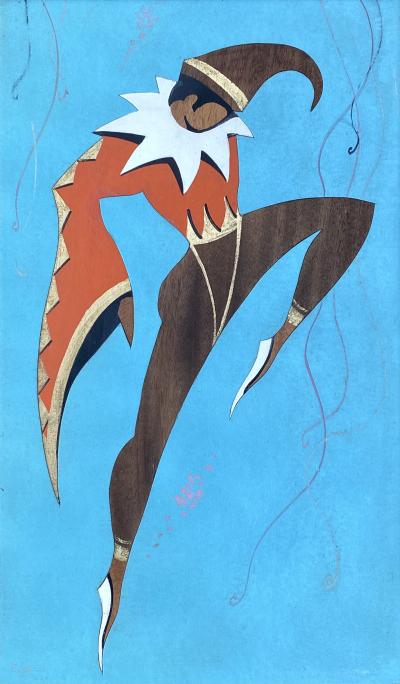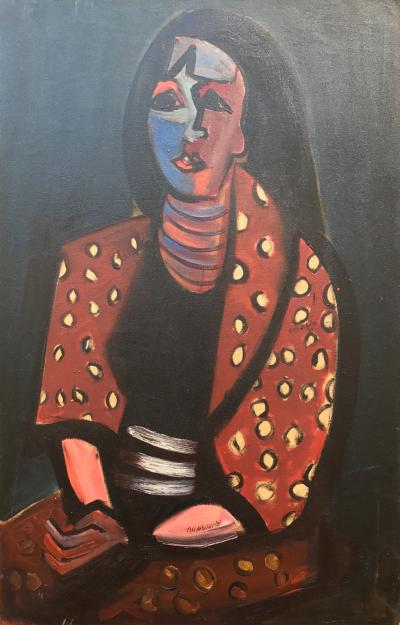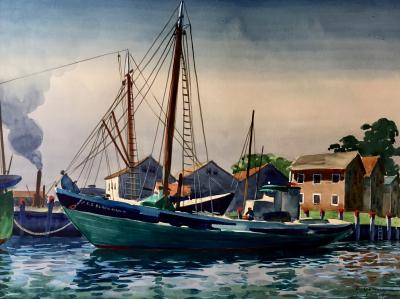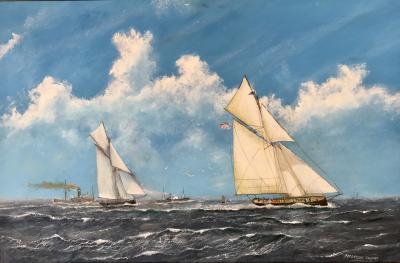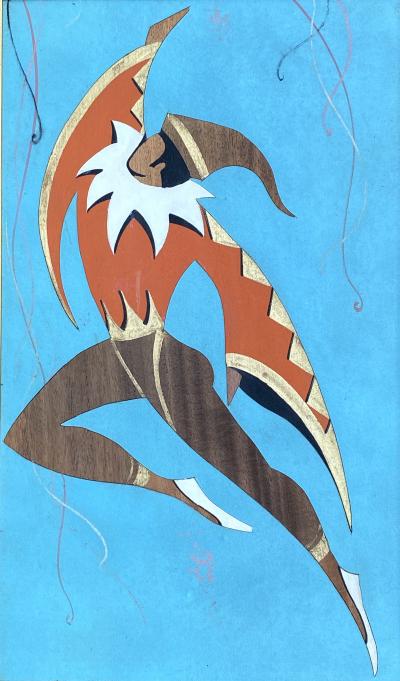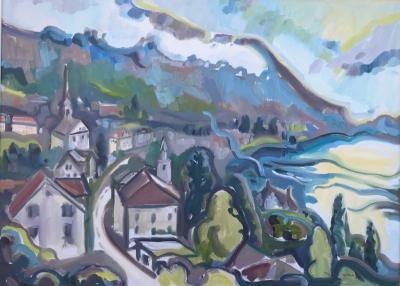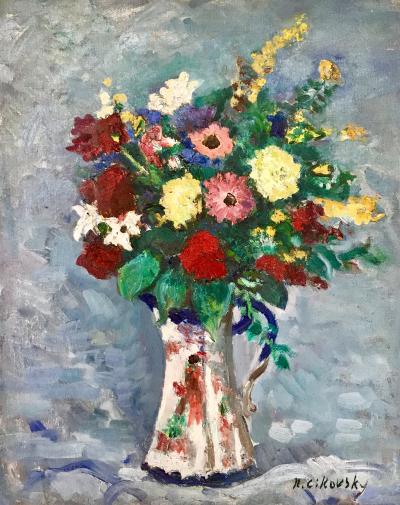“Artist Model's”
-
Description
.Original artwork of artist model's by Julio De Diego using underdrawing of graphite with a watercolor wash. Signed lower left in pencil. Very good original condition. Nicely framed with a pale blue mat and thin half inch gold frame. Overall framed measurements 23 by 19.5 inches.
Julio De Diego: b. Madrid, Spain, 1900–d. Sarasota, FL, 1979
Julio De Diego was one of the most colorful artists to work in Chicago. Born in Madrid in 1900, De Diego left home at the age of 15 to apprentice as a scene painter for theatres. After service in the Spanish army, including six months fighting in North Africa, De Diego traveled to Paris and Rome to study art. He also appeared as an extra in Diaghilev’s Ballet Russes. De Diego emigrated to the United States in 1924. He lived in New York for two years, then went to Chicago, where he remained until 1942. At first, he earned a living as a magazine illustrator, decorative painter, and graphic designer. By the early 1930s, he began to show regularly at the Art Institute of Chicago, appearing at thirty-two annual exhibitions of Chicago Artists, American artists, and watercolorists, between 1931 and 1947.
De Diego was employed by the easel division of the Illinois Art Project during the mid-1930s. He traveled to Mexico for the first time in 1939, becoming close friends with Carlos Merida. De Diego was deeply affected by the Spanish Civil War, and many of his works reflect the conflict that presaged the Second World War. Meditation over Inexplicable Logic seems to be a kind of preparation for De Diego’s self-portrait in the Art Institute’s collection, titled The Perplexity of What To Do (1940). Both feature isolated, brooding figures lost in their inability to respond to events.
De Diego left Chicago in 1942, but continued to exhibit his work at major institutions. A 1946 Life magazine article described him spending time “cooking aromatic Spanish dishes and reading works of Spanish mystical philosophers and poets. He smokes cigarettes incessantly and dresses flamboyantly, affecting cerise mufflers and jangling bracelets.” He gained more notoriety in 1948 when he married the great burlesque artist, Gypsy Rose Lee. After their separation and divorce in the mid-1950s, De Diego lived for a time in New York at the Chelsea Hotel, a haunt of artists, musicians, and poets. He settled in Sarasota, Florida in 1967, near former friends from Chicago, where he died in 1979.
Daniel Schulman
References
“Julio De Diego: He Paints Weird War and Peace.” Life Magazine, March 11, 1946.
De Diego, Julio. Pamphlet File P-07866. Ryerson Library, Art Institute of Chicago. -
More Information
Documentation: Signed Origin: United States, Florida Period: 1950-1979 Materials: Graphite and watercolor on archival paper Condition: Very good Creation Date: Circa 1970 Styles / Movements: Modernism, Contemporary Incollect Reference #: 346566 -
Dimensions
W. 14 in; H. 17.5 in; D. 1 in; W. 35.56 cm; H. 44.45 cm; D. 2.54 cm;
Message from Seller:
Arthur T. Kalaher Fine Art, located in Southampton, NY, offers a curated selection of traditional and contemporary works, including pieces by the Peconic Bay Impressionists and the estate of Nahum Tschacbasov. For inquiries, contact 631.204.0383 or visit arthurkalaherfineart.com.
















